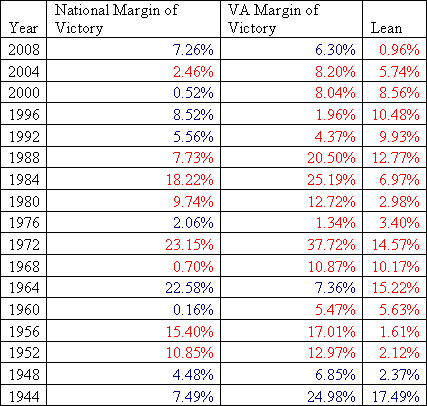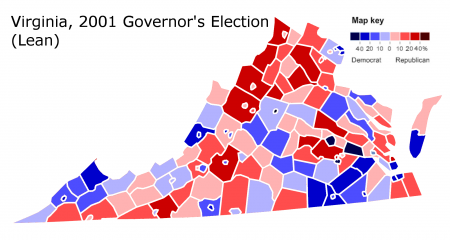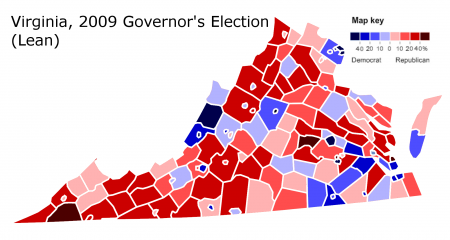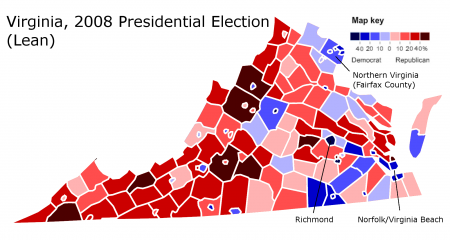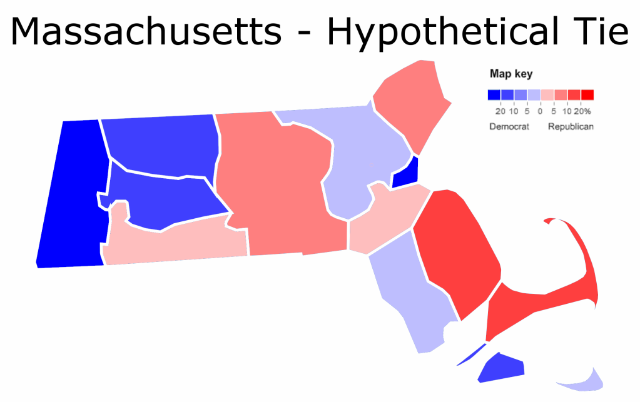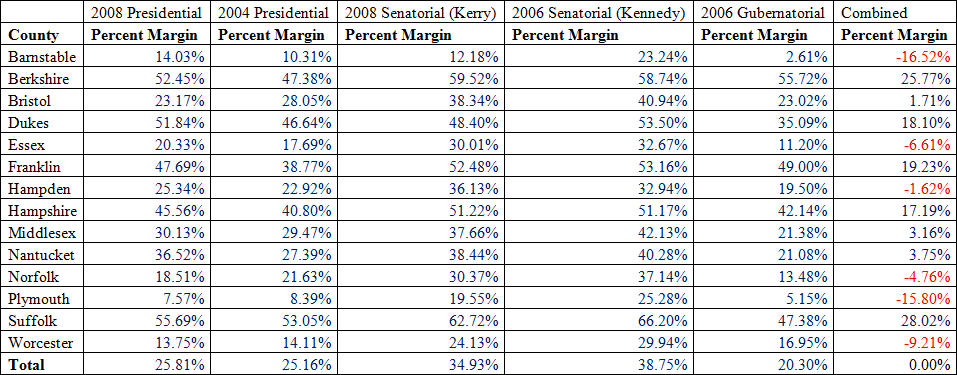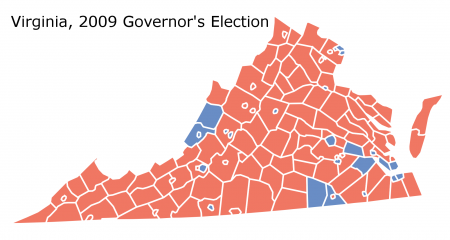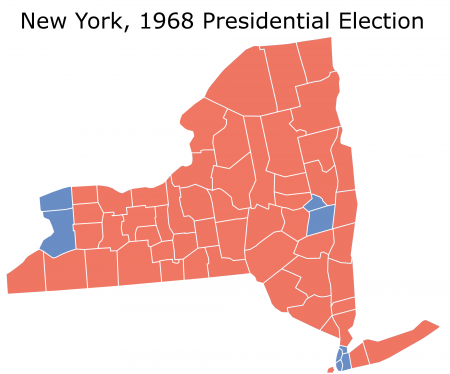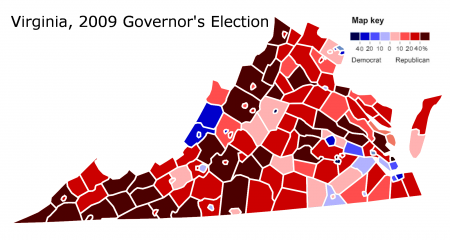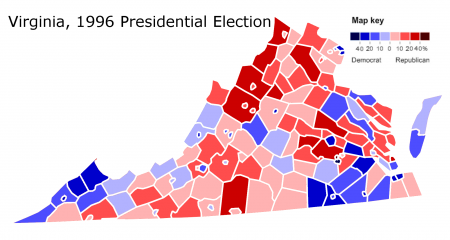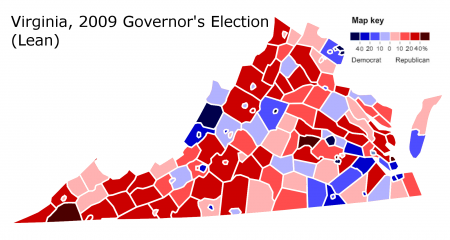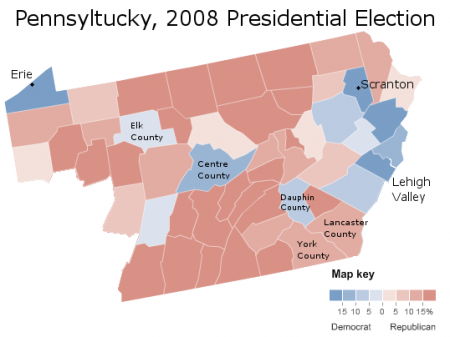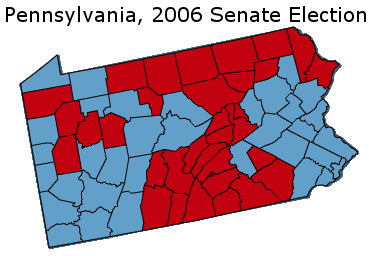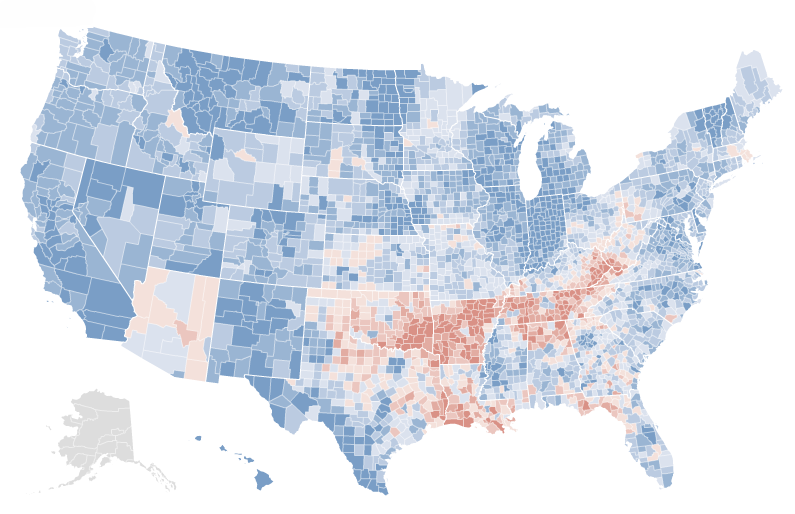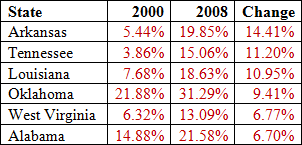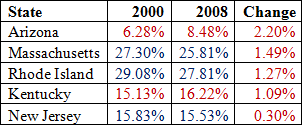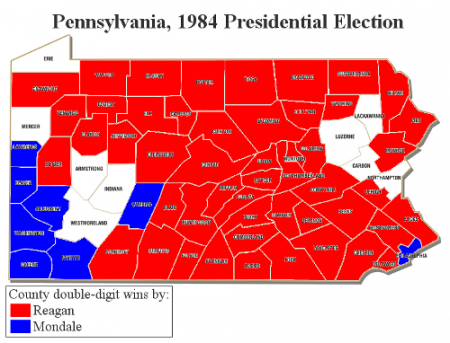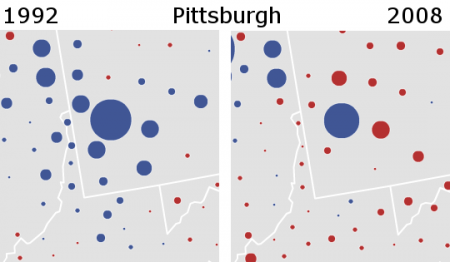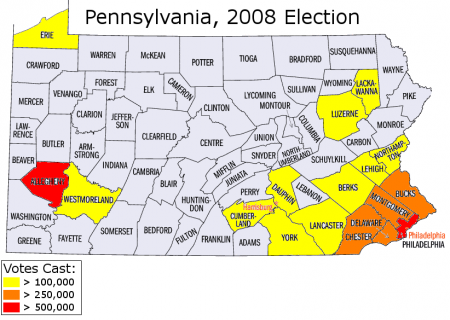As others have commented, I had hoped that Judge Brunner would have run and held the Ohio SoS gig.
And, it is true that SOME GOPers would have been after her scalp. But I don’t give that much credence because her predecessor was just so UTTERLY incompetent that the GOP BoE members around the state secretly approved of Brunner’s performance.
And it’s more than just the ideological purists who have issues with Fisher. Although its been a few years, the last time that Lee ran statewide, to call his performance “lackluster” is being generous. He is going to have to REALLY amp up his game if he hopes to win the general.Now I see that he has fired his campaign manager. Hmmn…
And although Judge Brunner’s fundraising has been dismal, she still seems to poll pretty close to Fisher vs. the GOP candidates. And when you look at her $$, remember that ODP chair Chris Redfern and Rev. Ted have completely shut her out of “insider” money, and at this point, that’s all there is. The roots (net or otherwise) are BROKE and burned out.
Having met and chatted with Judge Brunner, I feel that her inspiration for the Senate run was Sherrod Brown. I just sense many similarities in approach and attitude.
Also, many very loyal Dems in Ohio are just sick and tired of ODP dictating statewide candidate anointing. Some of their picks have been dreadful and the results have been BAD. Going back over the last 20 years, they’ve made some REAL blunders.
It is possible that 2010 in Ohio is a disaster in the making. But, in the end, I think not.
1. Ted will hold serve. Ohioans loath voting against an incumbent, barring Coingate level scandal.
2. Even if we drop the SoS (which I grasp is a Bad Thing) we might steal the Auditor which means reapportionment stays in our hands. (But which is apparently going to be WASTED on this gentleman’s agreement nonsense of “we lose one, they lose one.”)
3. State Legislative redistricting requires that we control (pick two) Governorship (probably retain), State House (maybe retain) or pick up the State Senate (no WAY in HELL)
4. I expect that Fisher will win the primary but he’ll struggle in the fall in a race that we SHOULD win more easily than how it’s gonna turn out. If Fisher loses either race, Redfern faces a coup d’etat and probably walks the plank.

